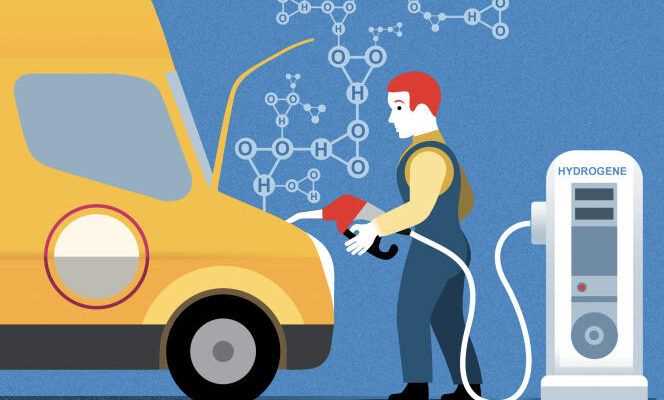Vans, vans, tippers, refrigerated vans or flatbed, utility vehicles will in turn have to adopt alternative energies to continue their journey. For the companies that use them, a real change is brewing. Of the 350,000 commercial vehicles registered each year, the diesel engine rate is over 90%. Switching from diesel to electric will be even more difficult, especially as the choice of diesel by companies and tradesmen corresponds to tax advantages (recovery of VAT on diesel) and technical (better engine torque for pulling heavy loads).
However, the legislator seems to have taken into account the brakes to the energy transition that users of commercial vehicles will encounter. Since, the 1er Last July, the finance law grants electric utility vehicles, the CO emission rate of which2 is less than or equal to 20 grams per kilometer, a bonus equivalent to 40% of their acquisition cost up to a limit of 5,000 euros. In addition, the conversion premium also applies to commercial vehicles with a CO emission rate2 is less than or equal to 50 grams per kilometer and whose range in all-electric mode in town is greater than 50 kilometers. They thus benefit until the end of the year from a premium equivalent to 40% of the acquisition cost up to a limit of 5,000 to 9,000 euros depending on the tonnage of the vehicle.
Electric more economical than diesel
Encouragement in addition to those revealed by the study TCO Scope conducted by the Arval Mobility Observatory (AMO). In its latest edition, this observatory shows that electric versions of utility vehicles can also be more economical than diesels. By comparing the costs of use, this study shows that the electric version of a Peugeot Partner is more profitable to use than the gasoline or diesel versions. Over a period of forty-eight months and 100,000 kilometers, an additional cost of use of 3,700 euros is recorded between the electric and diesel versions. “This difference reflects the advantages enjoyed by electric models today, reports AMO. That is to say an advantageous tax but also a lower energy cost of 1,840 to 2,840 euros depending on the mileage, and above all a lower maintenance cost ranging from 3,844 to 5,200 euros. “
In the meantime, these strengths are not yet reflected in sales figures. Out of a total of 246,000 registrations in France since the start of the year, only 7,350 electric utility vehicles have been acquired by companies. We will no doubt have to wait for the imminent establishment of ZFEs (low-emission zones) in the city centers of large agglomerations and then the ban on diesel in cities in 2024 to see the supply of manufacturers increase. and companies to equip themselves to be able to continue to circulate.
You have 45.24% of this article left to read. The rest is for subscribers only.
